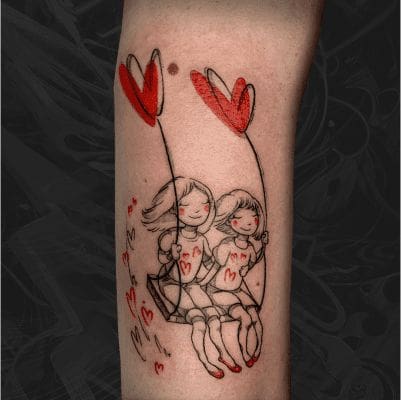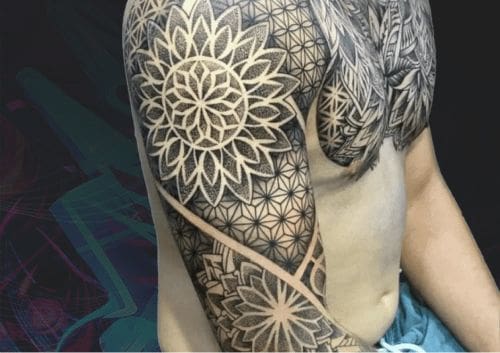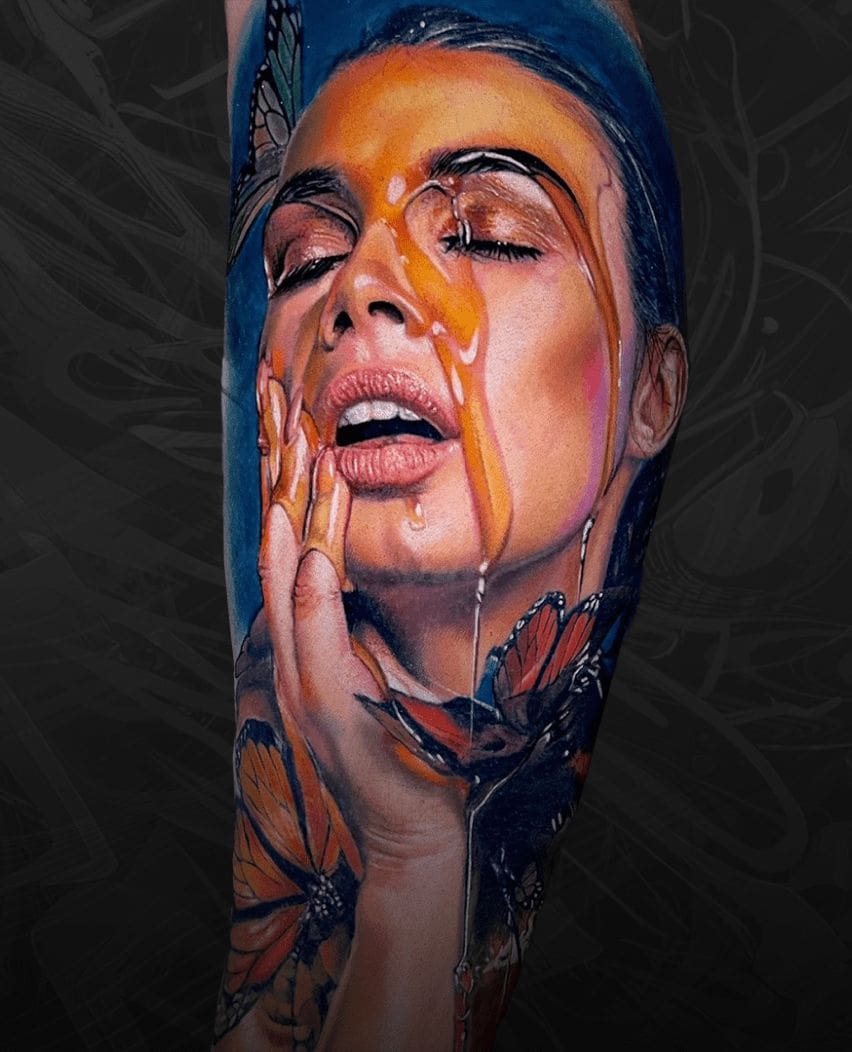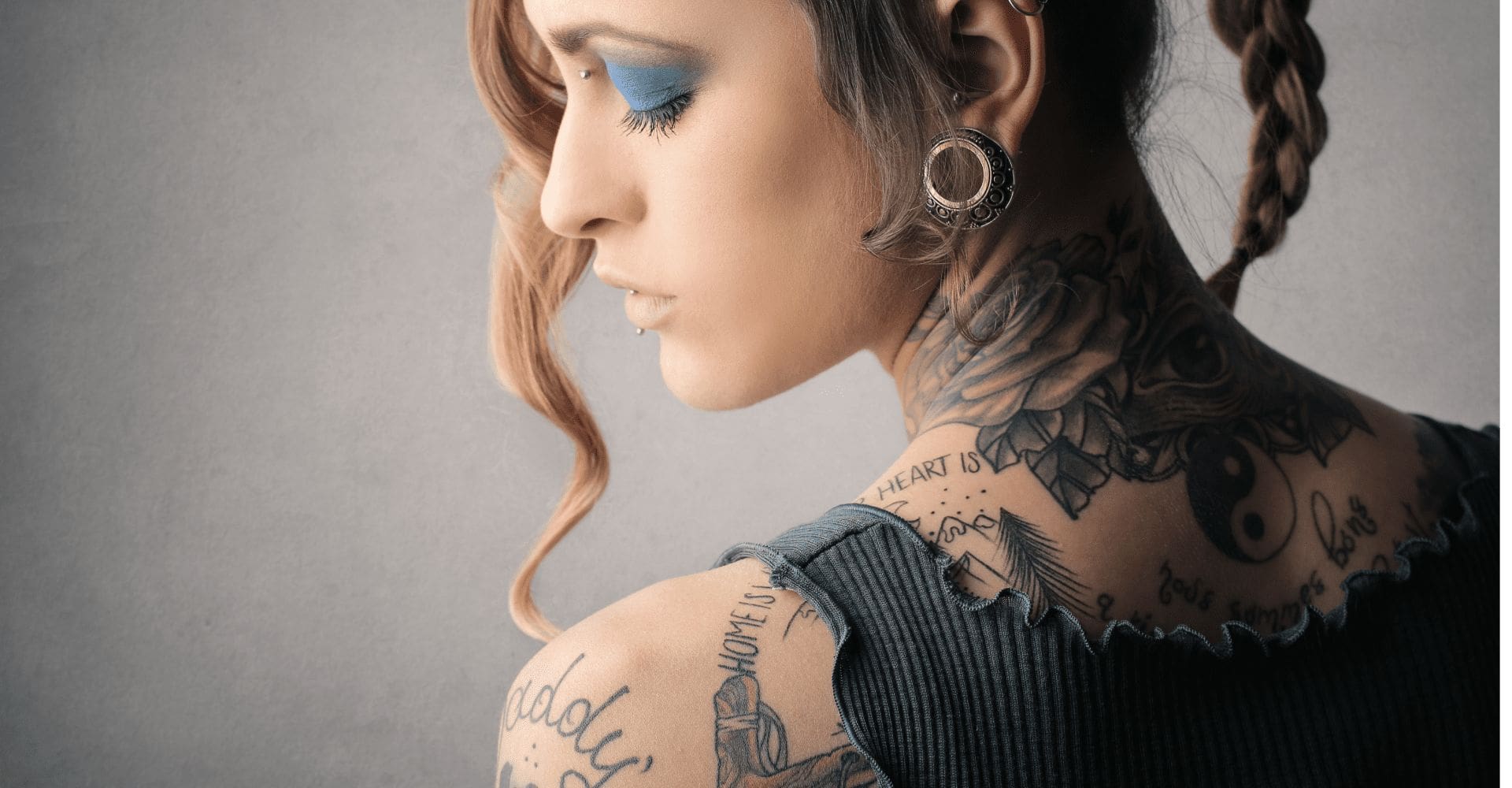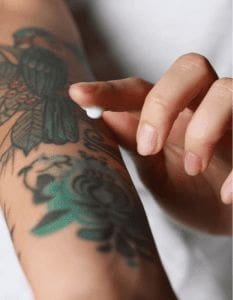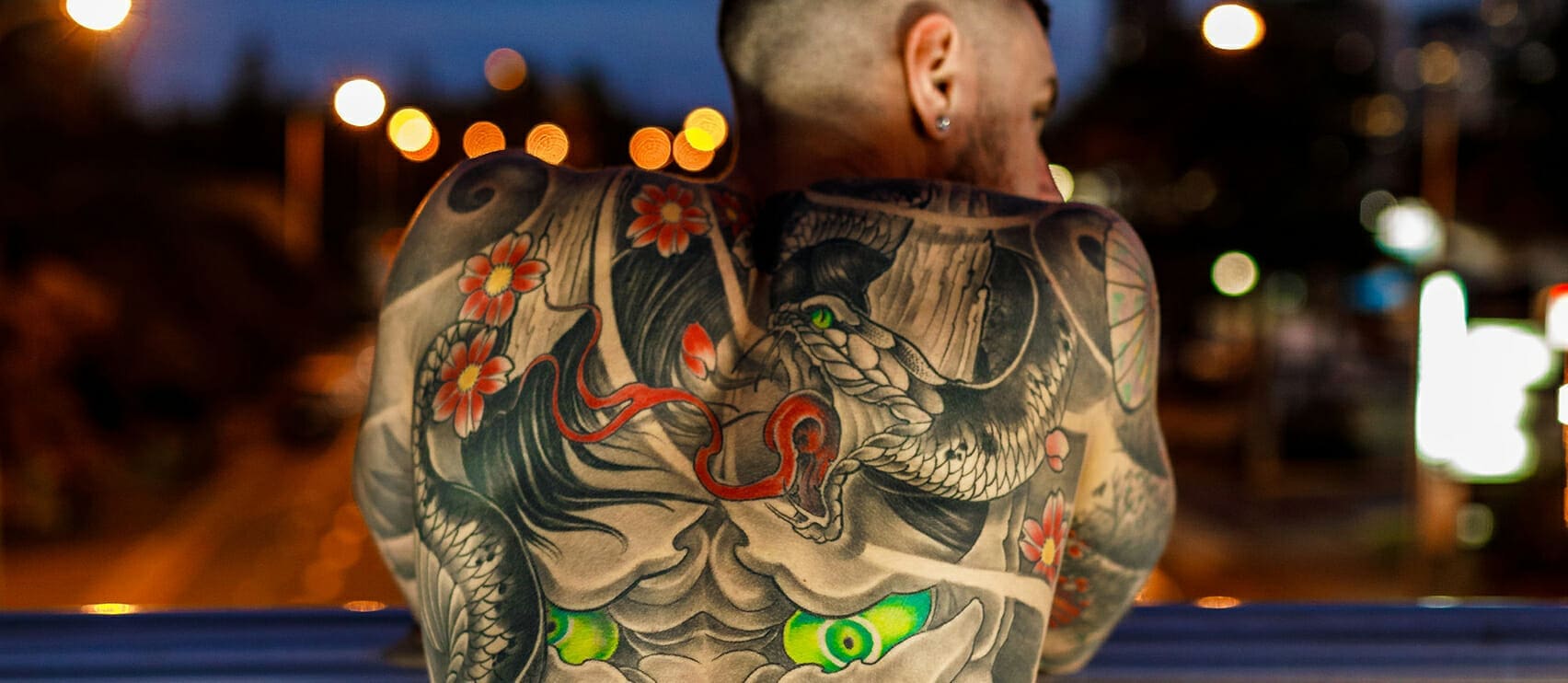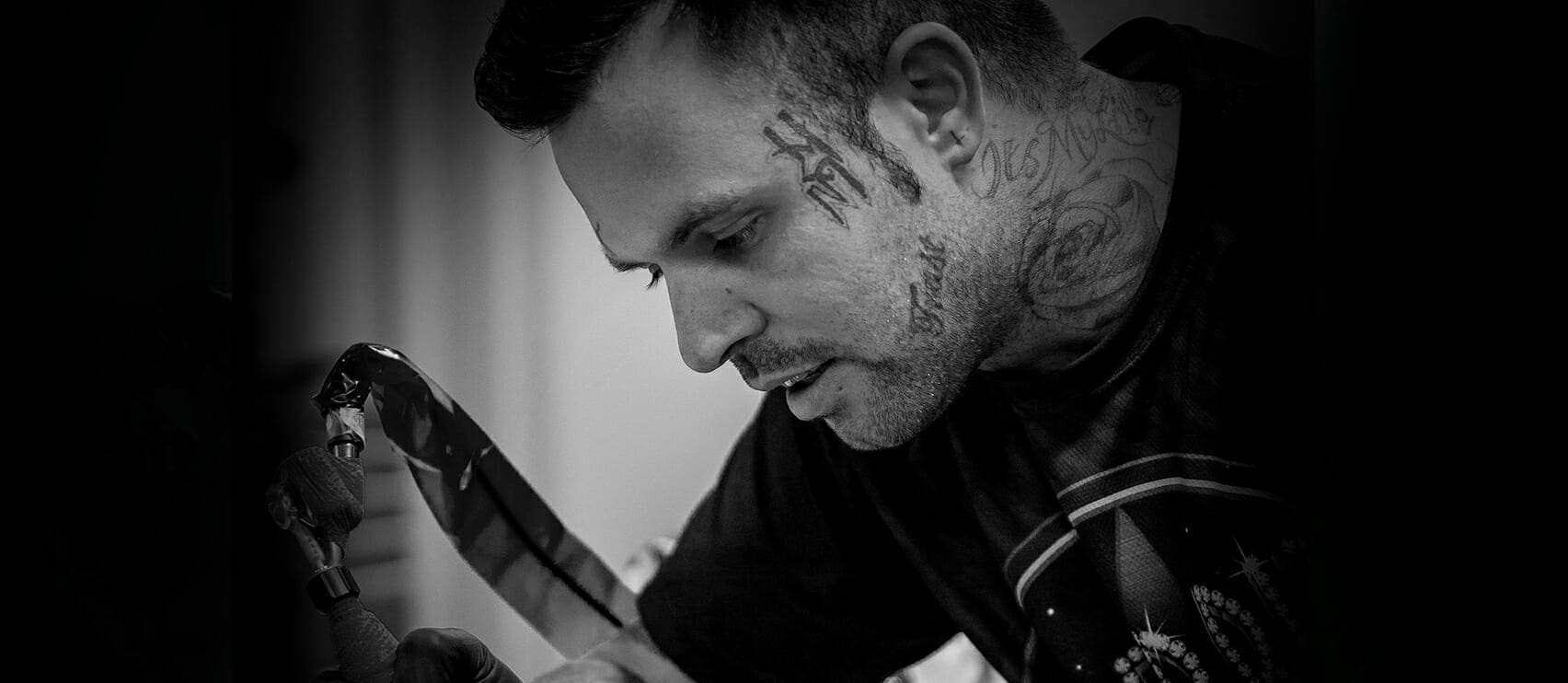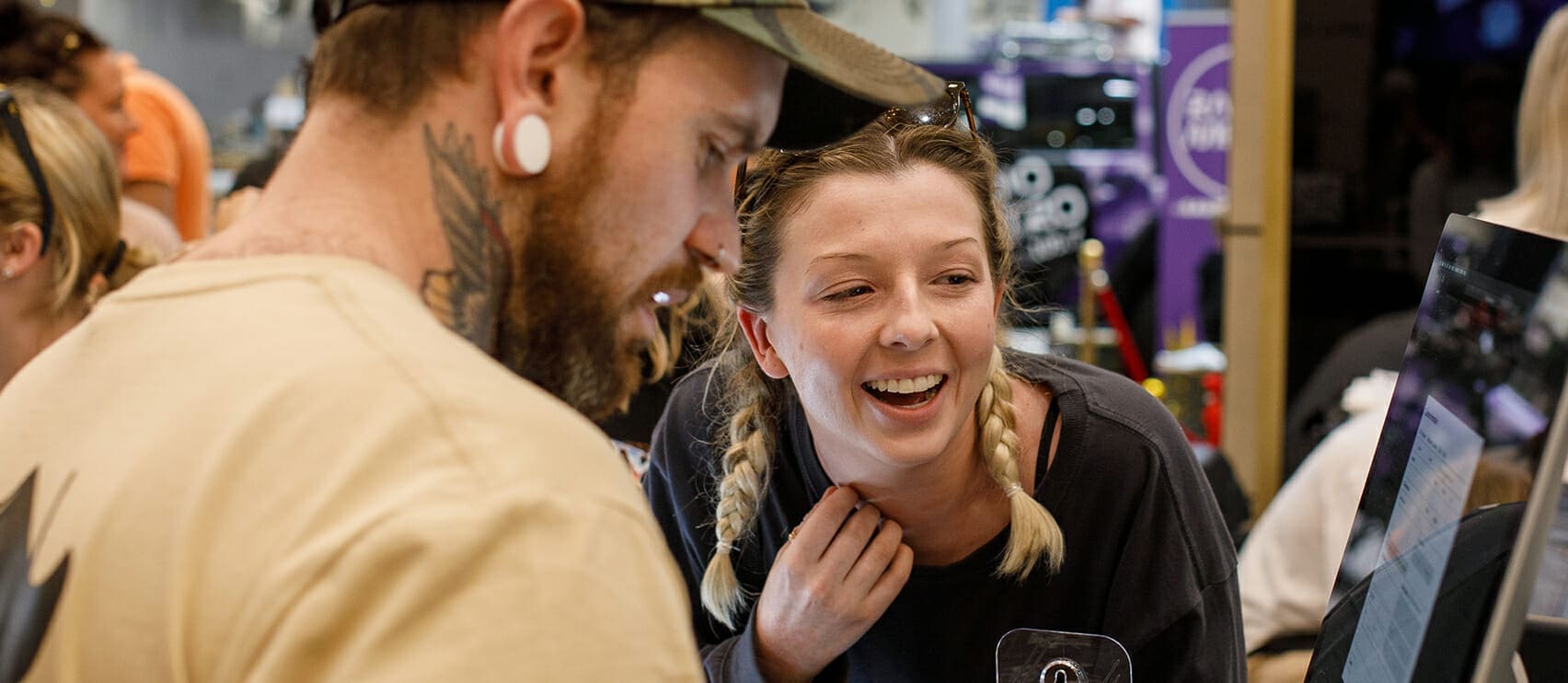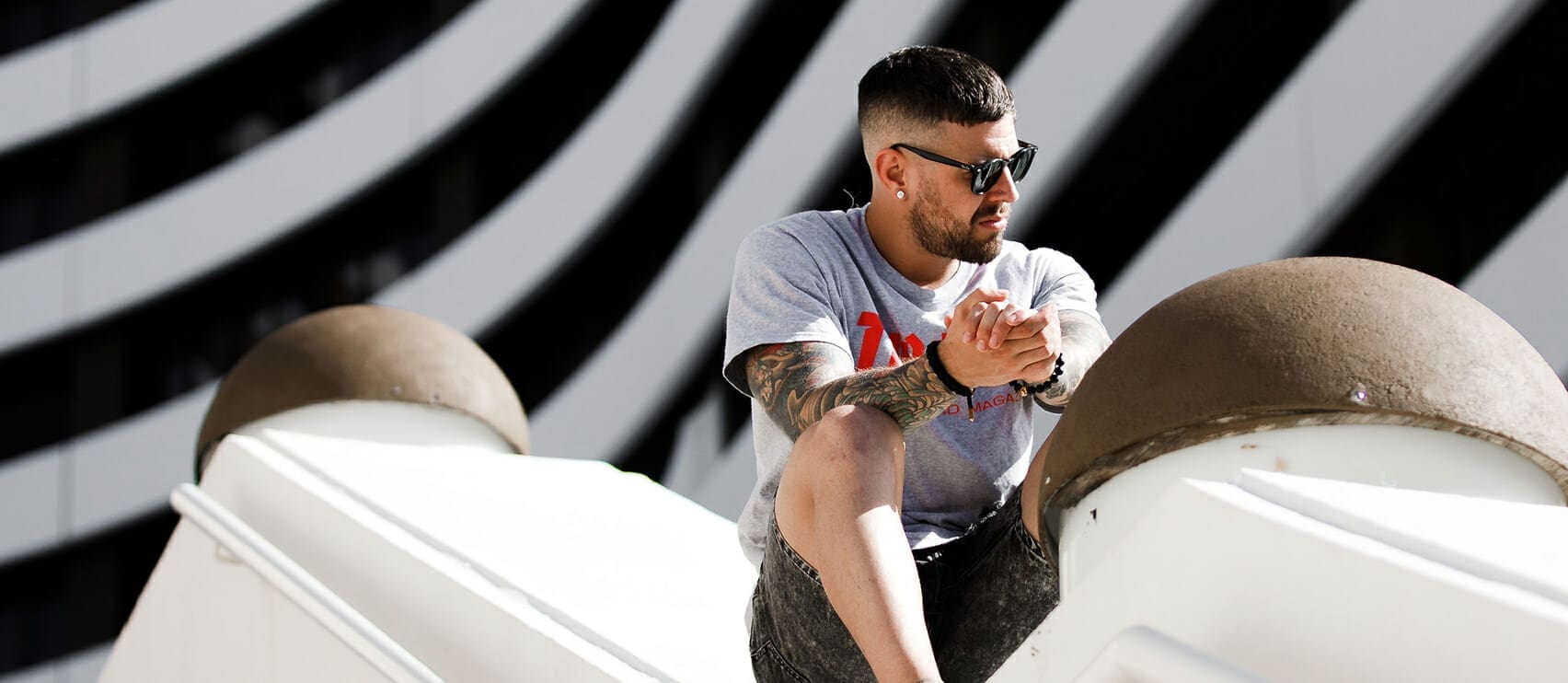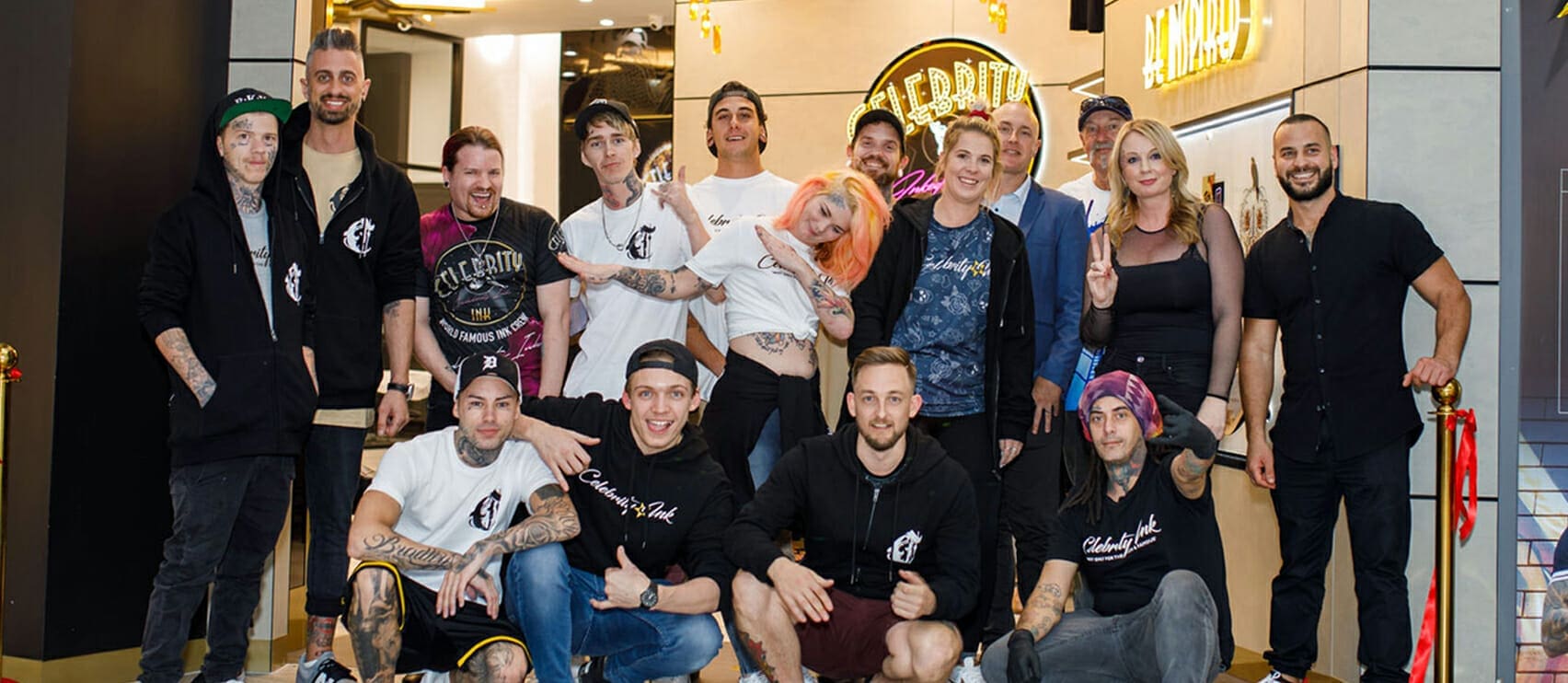Tattoos have been a form of self-expression, identity and art for thousands of years, traversing a rich and diverse cultural history.
This article takes you through the history of tattooing, from the earliest days when ancient people used natural materials to create tattoos to the advanced machines used by today’s artists. We’ll explore how tattoo tools and methods have changed and how they have shaped the art of tattooing as we know it today.
The History Of Tattoo Tools
Tattoos date back 12,000 years, so it’s easy to see that the tattoo tools used back then vastly differed from those used today. So, how were tattoos first done? Let’s dive into the history of tattoo tools and techniques and see how much they’ve evolved.
Ancient Egyptian tattoo tools
Tattoos found on Egyptian mummies from 3,000 years ago were made of a carbon-based pigment, most likely soot, that was inserted into the dermis layer of the skin using a multi-needle tool.
It has been discovered that each needle was made from a rectangular piece of bronze that folded inwards at one end and was hammered into shape. Multiple needles were then tied together, attached to a wooden handle and dipped into the soot before piercing the skin.
Polynesian and Maori tattoo tools
Polynesian tattoos are famous for their designs and history. Maori tattooing, also known as Tāmoko, is practised by the indigenous people of New Zealand.
Traditionally, a tattoo tool called Uhi, made from sharpened bone with a wooden handle, was used to create the intricate and unique Tāmoko patterns. However, the tool was used to cut the skin before embedding the ink made from burnt wood. The ash was then placed into the skin to create the tattoo.
Dayak tattoo tools
The Dayak of Borneo is another tribe that has been practising traditional tattoos for hundreds of years.
A needle was fabricated from the thorns of orange trees to create their traditional tattoos, while the ink was made from a soot and sugar mixture.
The designs of Dayak tattoos, like Polynesian tattoos, are sacred. There are many reasons why the Dayak tribe get tattoos, such as to celebrate a special occasion, the birth of a child, social status or interests and more.
Thai Sak Yant tattoo tools

This ancient Thai tattooing tradition dates back to the 16th century when Naresuan’s soldiers sought spiritual protection before going to battle.
A Yant is a sacred geometric design that offers various blessings and protection through Buddhist Psalms. When put together, ‘Sak Yant’ means magic tattoo. When people got a Sak Yant tattoo, prayers were chanted to infuse the tattoo with protective spiritual powers.
Traditionally, the Buddhist monks use long spikes made from sharpened bamboo or metal as their chosen tattoo tool. To create the tattoo on the skin, the technique required both hands to guide the tool and tap the end to embed the ink into the skin.
Japanese Tebori tattoo tools
The Japanese Tebori technique of tattooing dates back to the 17th century and has remained popular for hundreds of years. In fact, until 40 years ago, all tattooing in Japan was done by hand.
Tebori means “to carve by hand”, and the word comes from the woodblock craft: creating stamps out of wood to print images onto paper. In tattooing, it involves using a tattoo tool consisting of a set of needles attached to a wooden or metal rod known as a Nomi.
Much like Sak Yant tattoos, Japanese Tebori tattoo artists guide the Nomi with one hand and use their other arm to manually push the ink into the skin using a rhythmic tapping motion.
The History Of Tattoo Techniques
Traditional techniques of tattooing have come a long way since the very first tattoo. Today, most tattoos are done by a professional artist in a studio with sterile equipment. However, there are some places around the world where you can still get a tattoo using traditional techniques. So, how were tattoos first done in different cultures around the world?
Japanese culture: Bamboo handle technique
Until 40 years ago, all tattoos in Japan were done by hand. However, the tattoo gun is the most common tool used to get a tattoo today.
One of the traditional techniques of tattooing that originated in Japan was the bamboo handle technique. This traditional technique uses a piece of bamboo adorned with nearly 24 sharp edges to act as the needle. Ink is added to the sharp edges, and the tattoo begins.

Asian culture: Metal tube technique
Originating in Southeast Asia, particularly Thailand, this style of tattooing was one of the first notable records of traditional techniques of tattooing in this part of the world.
The metal tube technique uses a hollow piece of metal (usually brass) combined with a thinner piece of metal with a sharp edge. The sharp edge acts as the needles, which are dipped in dye and then transferred to the skin using a manual process.
Egyptian culture: Sewing and puncture techniques
The Ancient Egyptians had two main traditional tattoo techniques: sewing and puncture.
The sewing technique involved creating lines on a person’s skin, similar to how we would get stitches today. The tattooer would make lines by sewing through a person’s skin with a piece of twine darkened with ash. As the needle was punctured into the skin, the twine would become trapped, leaving the soot to create a dark line.
The other traditional Egyptian tattoo technique was the puncture technique. This process involved taking a pin or needle and puncturing the skin to form small dots that would make up an image. The pin would be coated in ink to ensure that the dot was vibrant and visible.
Samoan culture: Rake and striking stick
A tattoo technique that was common in Samoan culture was the rake and striking stick process. This involved using a rake-like object, which was usually a stick with a needle attached to it and a striking stick that was used to direct the rake.
This technique allowed for more precision when getting a tattoo. While the designs were varied, this tattooing technique was known to be extremely painful.

Maori culture: Tāmoko technique
The Maori are the indigenous people of New Zealand, and their tattoos hold significant cultural and spiritual significance. The Maori tattoo technique, known as the Tāmoko technique (tattoo on the face), involved cutting into the skin and then filling the cuts with ash.
The Modern Tattoo Gun
Now that you know many of the traditional tattoo tools that were used in different cultures around the world, when was the modern tattoo gun invented?
While Thomas Edison is best known for inventing the lightbulb, did you know that in 1875, he also invented the electric pen?
The pen was a hand-held implement with an electric motor mounted on the top. It required the operator to have advanced battery knowledge to maintain it. However, typewriters were much more accessible to the average person, so the electric pen never gained popularity.
However, despite its initial flop, Edison’s electric pen was the inspiration for the first electric tattoo machine. Fifteen years after Edison designed his electric pen, Irish-American tattooist Samuel O’Reilly was granted a US patent for the world’s first tattooing needle.
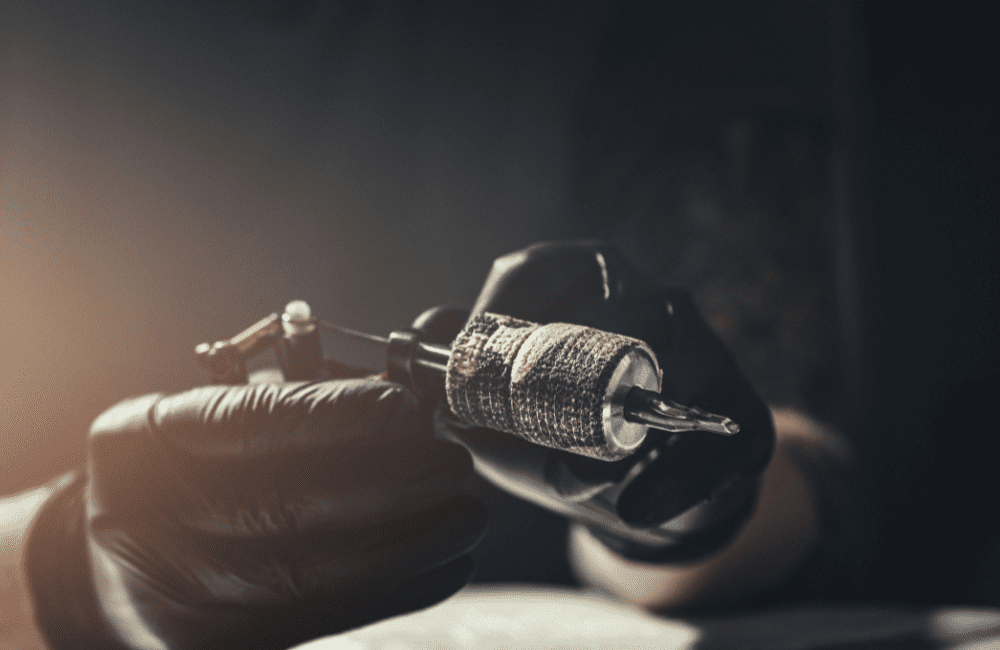
Before O’Reilly’s invention, tattoo artists had only been able to perforate the skin two or three times per second. However, O’Reilly’s invention could perforate the skin at 50 times per second, which revolutionised the way tattoos were done.
One hundred and thirty years after the invention of the electric tattoo gun, not a lot has changed. How does the tattoo gun work today? The same as it always has. However, now the needles can pierce the skin up to 200 times per second.
Get Your Next Tattoo At Celebrity Ink
From piercing the skin with bamboo to the modern tattoo gun, tattoo tools have come a long way since tattoos first began.
If you’re looking to get a new tattoo in a welcoming environment with sterile equipment, look no further than Celebrity Ink. Our talented and experienced tattoo artists specialise in various tattoo styles, including fine lines, mandalas, geometrics, and more.
Book an appointment at your nearest Celebrity Ink studio to see how we can bring your tattoo vision to life.

